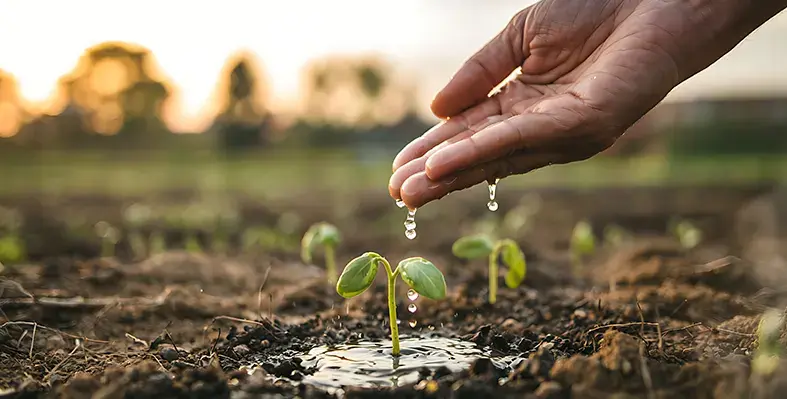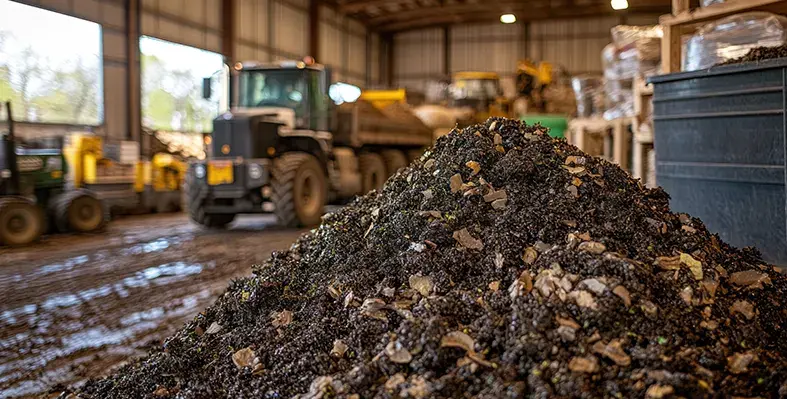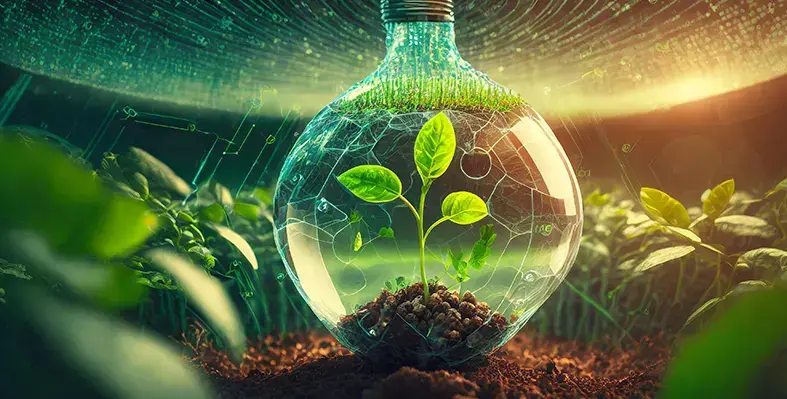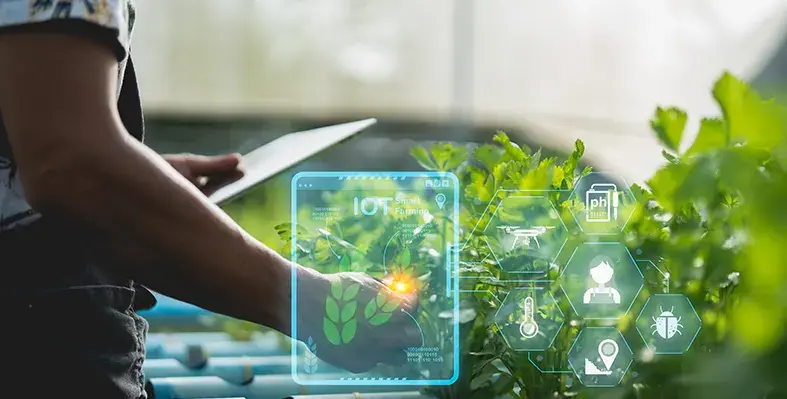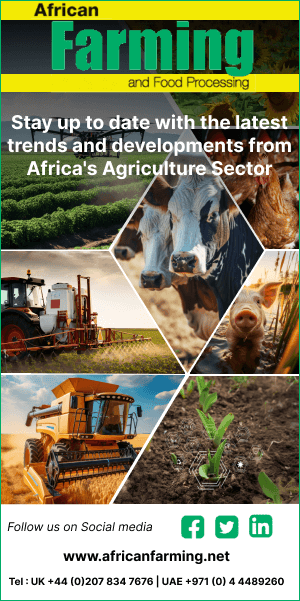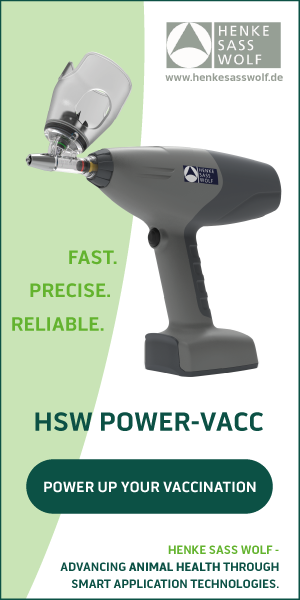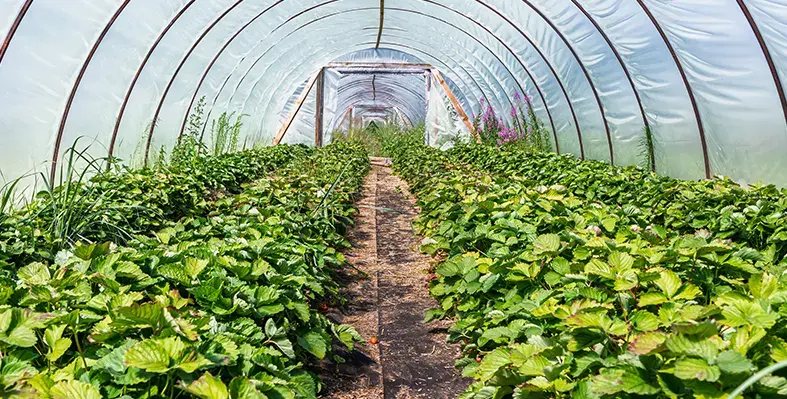
Argos brings global expertise to local fields, using advanced technology to tackle extreme conditions and food security challenges head-on.
Argos Greenhouse Solutions, an Israeli pioneer in agritech, has been redefining modern farming since 2005
Designing and delivering turnkey greenhouse systems for regions as diverse as Central Asia, Southeast Asia, and Africa, Argos brings global expertise to local fields, using advanced technology to tackle extreme conditions and food security challenges head-on.
“High-quality produce, grown locally, using world-class technology” is more than just a slogan — it’s the foundation of their work. At the Israel–South Africa Agritech event, business development manager Bar Sharon shared how controlled-environment agriculture is not just a luxury but a necessity in regions where traditional farming simply cannot survive.
“We’ve had to design greenhouses that can withstand everything from -10°C snowy winters to 50°C scorching summers. These are greenhouses, highly engineered environments capable of year-round production in climates where conventional farming fails,” Sharon noted.
One such success unfolded in Central Asia, where Argos’ climate-controlled greenhouses delivered lush vegetables in the depths of winter. These projects were made possible through precise design, customised structures, and advanced environmental control systems tailored to local extremes. Argos never applies a one-size-fits-all approach. Instead, every project begins with market demand, followed by crop selection, greenhouse design, and a viable business model. According to Sharon, this strategy ensures that their solutions are grounded in real-world economics.
But the company's scope goes well beyond greenhouse construction. From initial design to post-harvest infrastructure and even training, Argos helps clients build entire agricultural ecosystems. In Indonesia, Argos partnered with local authorities to equip rural farmers with solar-powered greenhouse kits to grow habanero chillies. These compact, off-grid systems use gravity-fed irrigation and solar panels, allowing communities with limited infrastructure to run self-sustaining, profitable farming operations.
“We can supply post-harvest packing houses, sorting machinery, cold storage, and even training programs. This is about building sustainable agricultural ecosystems for the client,” Sharon explained.
Affordability is also key. Argos strives to make high-end technologies cost-effective for both commercial and smallholder growers. “Innovation doesn’t help if it’s not profitable,” Sharon said. “These aren’t charity projects. They’re sustainable, revenue-generating ecosystems that create jobs, strengthen food security, and support local economies.”
Sharon’s relocation to South Africa marks a bold step in Argos’ commitment to expanding across Africa. With its vast range of climates and a growing need for reliable food systems, the continent presents immense potential for controlled-environment agriculture. The company is actively seeking local partners to launch pilot projects and showcase what their solutions can achieve.
Though greenhouses remain Argos’ core strength, their expertise now includes open-field irrigation systems, including their own line of sprinklers currently being distributed in India — with plans to expand further.
Argos Greenhouse Solutions is helping redefine what’s possible in agriculture. By merging local production with global standards, they are proving that with the right technology, top-quality produce can be grown just around the corner no matter the climate. As Sharon put it, “When you walk down the supermarket aisle, we want you to pick up something new: something that looks like it was imported from Europe, but was actually grown just down the road.”



